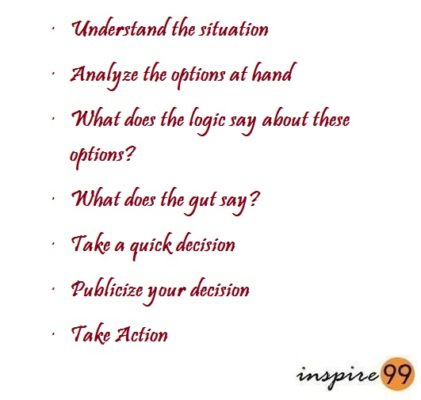In this article, I merely want to talk about the aim of communication, its meaning and the many ways we influence others, including ourselves. Perhaps a huge distinction to make is that communication is often thought about as talking, but there’s a strong aspect of listening in communication that makes it fruitful. Although I don’t talk much about listening in this article, you might find the thoughts about internal communication and listen to our own thoughts compelling.
What is communication?

I’d start with the basics even before getting to the aim of communication. What does communication really mean? Is it the language we use, gestures or eye contact? What qualifies as the meaning of communication?
I suppose it all starts from the purpose of communication. In some cases, it is about the exchange of information, but in others, communication is about finding a few answers. Ultimately, the aim of communication is perhaps best established through this quote by Orway Tead – The underlying aim of all communication is a meeting of minds on common issues.
Related:
- 3 Key Points on Aim of Communication
- Tips to Improve Client Communication
- The 3 Basic Gestures You Can’t Afford To Miss – Communication And People Skills
- https://en.wikipedia.org/wiki/Communication
Internal Communication
You might find this very basic, but I’ll still talk about it a little because most of our communication is internal. We think about things for so long even before speaking that although we might not recognize it – most of the speaking is internal. Take a keen interest in the language you use, its meaning and whether you’re being harsh on yourself.
It is ultimately the stories we tell ourselves that influence our emotions and these emotions which play an integral part in how you communicate with others. The aim of communication is still to get your points across articulately and make the other person understand your point of view. You can’t do that unless you’re clear about your own thoughts and emotions first. And that’s precisely where you’re internal communication is powerful.
Talk to yourself internally; see how the content has an impact on you. Talk to yourself as to how you are going to approach it. Create the flow, imagine yourself at the receiving end, cos let’s face it, communication is going to be all about the other person in the end.
Choose your words – be careful of what you want to talk about, words are a very powerful mode of thought, keep them mild, keep them simple, you are trying to win the conversation, not a trophy.
External communication
Everyone knows about it. Often communication is touted as external – because it is about talking right? But then, you ought to be mindful of how you appear. It is not just your words that do that talking. Most communication happens in your body language.
More than 50% of communication is through your body language. One part is our thoughts – although there’s clear training to improve body language, I’d still encourage you to think about your feelings. The feelings influence how you appear. No matter how polished you can appear, you can’t mask your feelings from communication that easily.
Also, there’s a question about honesty in communication, isn’t it? Should you be saying something else and betray your own thoughts? Ultimately, it is a question of balancing your honest thoughts with what you’re trying to convey. The most important aspect and aim of communication is the meeting of minds.
People will forget what you said-Maya Angelou
Aim of communication
It is easy to get caught up in words and reactions. Don’t lose track of the aim and purpose of communication. Why are you talking or listening in the first place? What is it that you want to convey?
Communication is a careful exercise with a clear purpose. It will often go off track, but you ought to keep bringing it back to your ‘Big Picture’. And in this case, the big picture question is about the aim of communication. Don’t get lost in the details. And even if your counterpart does, you ought to help them to bring back to the purpose of communication.
It still is about the meeting of the minds to achieve a purpose. If it helps, define the outcomes clearly and tell your counterpart what you’re hoping to achieve out of this conversation. The results help you create the clarity required for communication and constructively define your meeting.

Pingback: The 3 Basic Gestures You Can't Afford To Miss - Communication And People Skills - Inspire99
Pingback: Don't assume school will prepare you for life - Inspire99
Pingback: People will forget what you said-Maya Angelou - Inspire99
Pingback: Eye Contact: Please, Can I Wear My Sunglasses? - Inspire99
I Like It
Pingback: 10 Inspiring Nadal Quotes - Losing Is Not My Enemy, Fear Is - Inspire99
This is very helpful.
Thank you Namrata :) .. Very happy to hear that :)
Very interesting and informative. Thanks!
Thank you for stopping by Nishana and the lovely comment. Always a great support :)